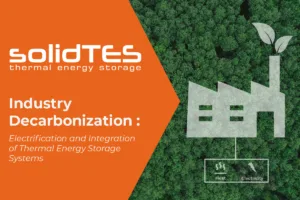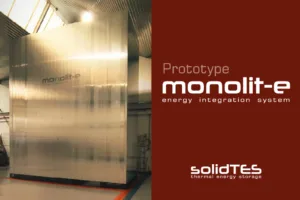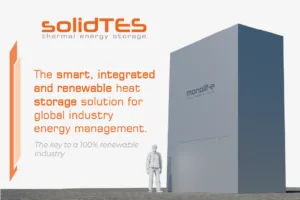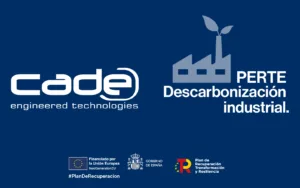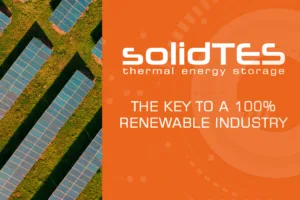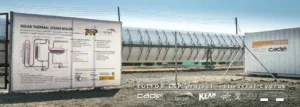The announcement by Minister Ribera of the approval by the Government of Spain of the Energy Storage Strategy, materializes the goal of reaching 20 gigawatts (GW) in 2030 and 30 GW in the horizon of 2050, and allows to support the deployment of renewable energies so that they are key in guaranteeing the security of supply and facilitating the reduction of energy prices.
Thus, they have begun to lay the foundations for a renewable energy storage formula to make it a fully manageable energy source. The planned storage capacity also considers large-scale and distributed storage facilities, thus having storage systems that will respond to daily or seasonal demand.
Ribera appreciated that storage "allows the seamless integration of renewable technologies in the system rather than having to have a capacity equivalent support for renewable energy than we have."
The incentive for energy storage technologies is undoubtedly great news that strengthens our firm commitment to thermal storage solutions, mainly integrated with solar generation and which have led us to develop solidTES, a thermal storage technology in concrete from renewable sources for medium and high temperature applications.
According to IDAE. Instituto para la Diversificación y Ahorro de la Energía IDAE (Institute for Energy Diversification and Saving), around 70% of energy consumption in industrial processes is in the form of heat (thermal oil, steam, superheated water or air). It is therefore evident that the possibility of storing and managing renewable energy in the form of heat, with proven, robust and economically competitive technologies, must be a fundamental vector of development and implementation in the decarbonisation objectives in the industry.
It is estimated that the potential for industrial thermal storage in Spain may exceed 15GW.


